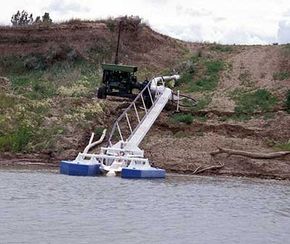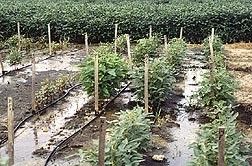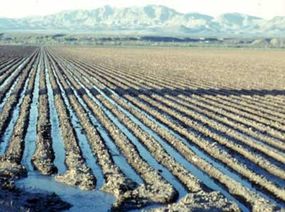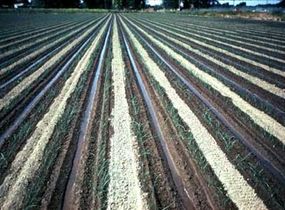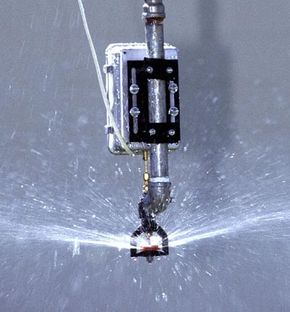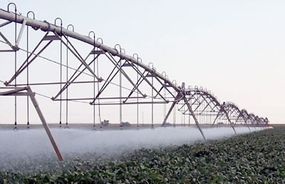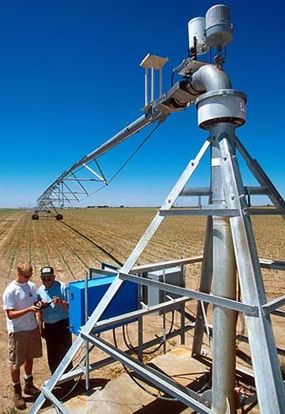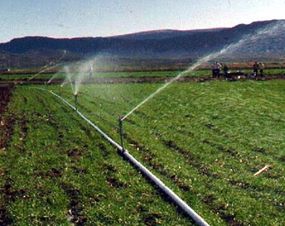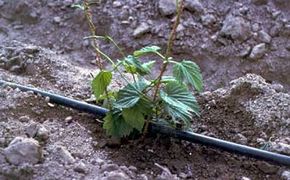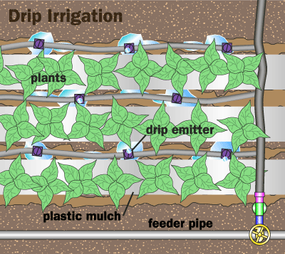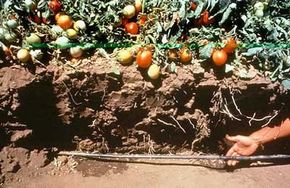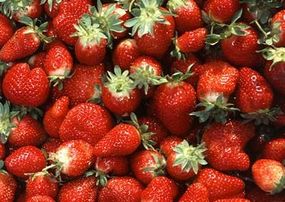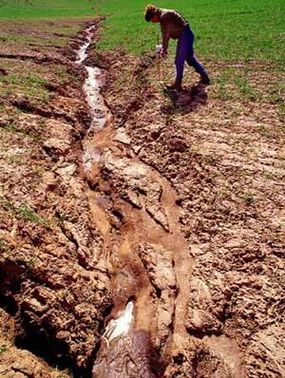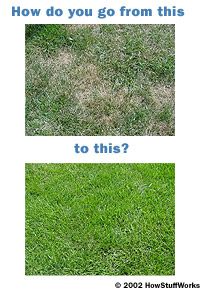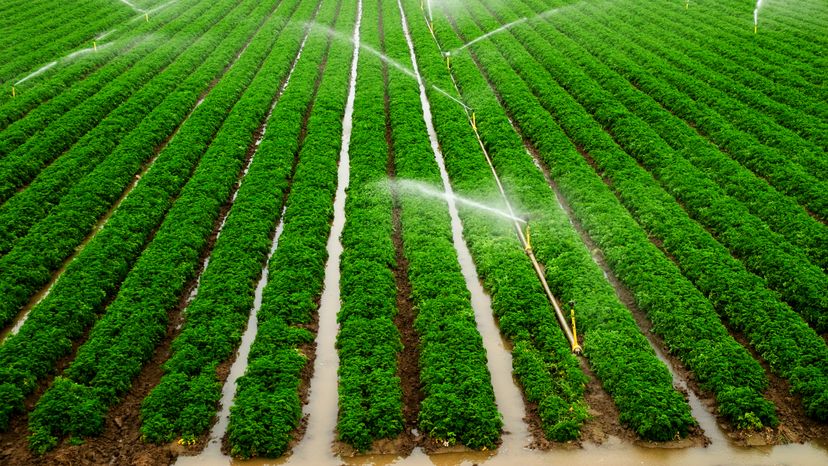
Starting an herb garden in a box on your windowsill or spending a Sunday afternoon planting flowers seems quite different from managing two hundred acres of watermelons, but in fact the underlying principle is the same. The art and science of growing plants - be they flowers, ornamentals, fruit or vegetables - is known as horticulture, and the goal of all horticulturists is to nurture their chosen plants from seeds to finished products they can be proud of. Putting it plainly, whether you're growing prize roses for a state fair or planting potatoes for the table, you want those plants to thrive. That means taking care of them and, just like us, plants have various needs:
- A place to grow
- The right temperature
- Air and light
- Water
Irrigation helps take care of one of these needs by providing water. While the basic concept of irrigation is a simple one, there are many fascinating and remarkable systems in use today.
Advertisement
In this article, we'll look at several different types of irrigation systems, starting with some of the oldest and simplest, which will lead us to an understanding of the more complex systems in operation today. But, first, let's take a closer look at what plants need in order to grow well.
A place to grow
Plants grow in many different places - from plain old dirt to richly fertilized soil. A branch of horticulture known as hydroponics even uses specially prepared solutions of mineral salts as a plant's growing space. Either way, as long as there's somewhere to put down roots and a plentiful amount of the right nutrients, a plant will do its best to grow.
The right temperature
After planting a seed, just the right temperature is needed for it to germinate and begin to grow. Some seeds need warmer temperatures than others to germinate. By relying on our knowledge of seasonal temperatures, it's easy to know when to plant what. And, if mother nature isn't agreeable, you can always make use of greenhouses and other artificial systems to get the temperature just right.
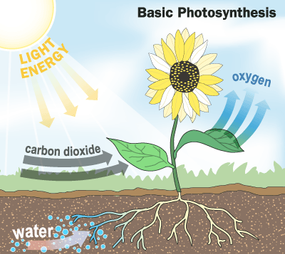
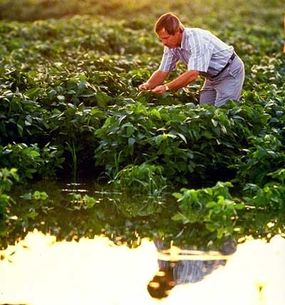
Air and light
Plants make their own food using a process called photosynthesis. During photosynthesis, the chlorophyll-containing green parts of the plant trap light energy and use it to perform a series of chemical reactions. The process involves carbon dioxide, and so plants also need plenty of air. We usually rely on the sun to provide light for our plants.
Water
Water is essential to plants. It carries important nutrients from the soil and is an important trigger for germination and the process of photosynthesis. Without water, plants simply won't grow.
Irrigation systems provide water. When it comes to watering plants in our yards or gardens, most of us don't always like to rely on the weather -- we may use watering cans or sprinkler systems. This is irrigation at its simplest level. And while this is fine for the home gardener, when you're a farmer trying to water an entire field these methods become impractical. So, how about flooding the field? It sounds drastic, but the ancient Egyptians made extensive use of the practice. Two thousand years ago, Herodotus wrote that Egypt was "the gift of the Nile." Diverted into large, flat-bottomed basins, the river Nile provided excellent irrigation for Egyptian crops, and Herodotus was well aware that without the Nile, the Egyptians wouldn't have enjoyed such productive farming methods.
Although the basin method is still popular, there are more refined methods of irrigation in use today:
- Surface irrigation such as border irrigation, furrow irrigation and other forms of irrigation that use flooding
- Overhead irrigation
- Trickle or drip irrigation
- Sub-surface irrigation and plastic mulch
First, let's take a look at surface irrigation systems.
Advertisement
